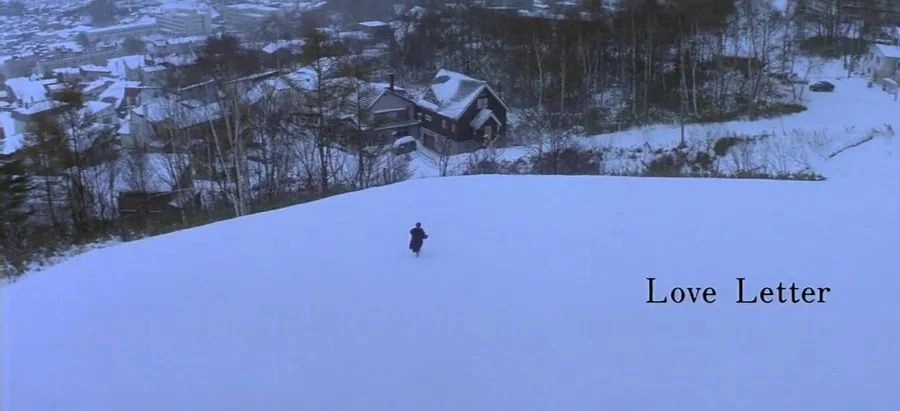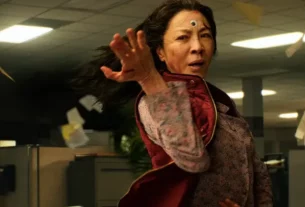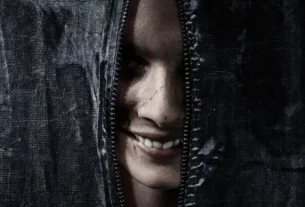5 tear points and 10 stinger to help you relive “Love Letter”.
On March 25, 1995, Shunji Iwai’s debut feature film “Love Letter” was released in Japan.
The starring actors Takashi Kashiwabara (18 years old) and Iwai (17 years old), who were still young boys at the time, left their best years in the film and became the “white moonlight” in the hearts of many viewers.
Miho Nakayama, who played the two roles separately, reached the peak of his acting career with “Love Letter”.
After the movie was released, it caused a sensation in Japan and even in Southeast Asia, creating a wave of fresh romance films.
The main filming location of the film is Otaru, a small town in Hokkaido, Japan. Because this film has attracted many tourists, some people even punched in according to the classic pictures in “Love Letter”.
The two elements of campus life and secret love theme alone are enough to make people feel emotional for a long time. The ambiguous feelings of adolescence, the sour and sweet interactions between teenagers and girls of the same name, and the unspoken confession, are all reminiscent of life.
The story of “Love Letter” is full of emotions of “I can’t tell, I can’t let go” when I read it carefully.
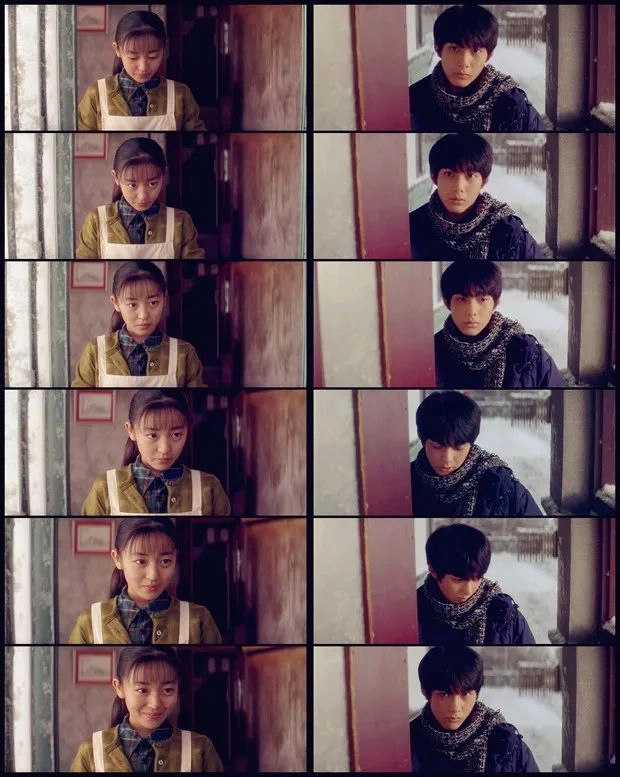
When Hiroko Watanabe was sorting out the belongings of his deceased fiancé Unitsuki Fujii, he accidentally found his middle school souvenir book. The ghost sent Hiroko Watanabe to send a letter to the address at the time, but unexpectedly received a reply from “Itsuki”.
Hiroko Watanabe and current boyfriend Akiba Shigeru went to Otaru to find out. At the same time, they found the girl whose reply was Itsuki Fujii, who was a junior high school classmate with the same name and surname as her fiancé. There was also a touching past between the two teenagers.
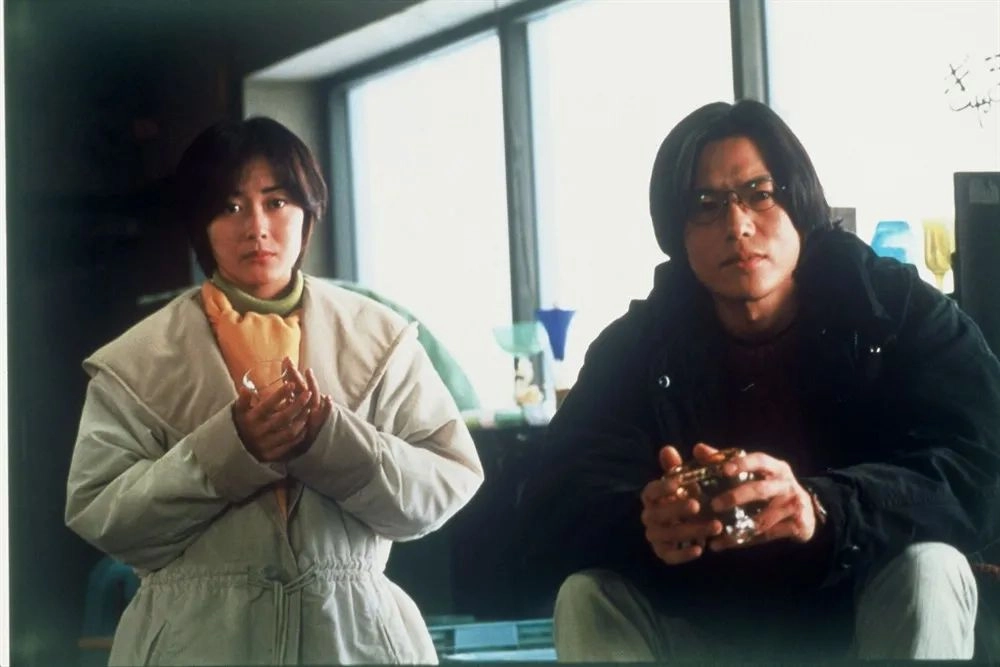
It wasn’t until the end of the story that the “love letter” of “painting as an endorsement” surfaced, and the mystery of Unitsuki Fujii’s secret love for Itsuki Fujii was revealed.
At the end of the film, the portrait behind the library card reveals the secret for Itsuki Fujii
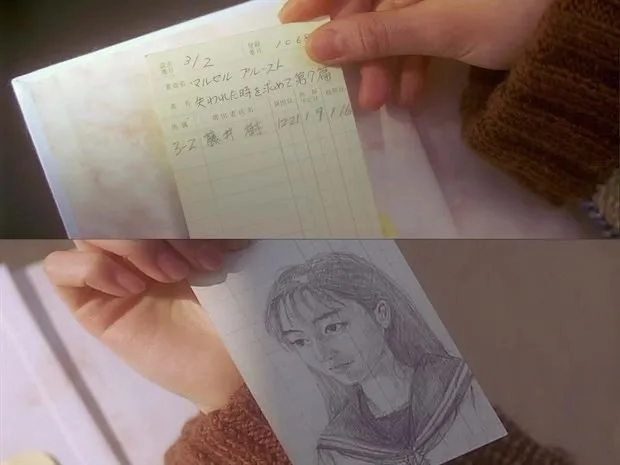
Twenty-six years later, it is still a well-deserved “Japanese-style pure love compulsory” classic movie.
At that time, most of the audience who watched movies were fathers and mothers, and their childhood is gone forever, but the goodness recorded in the movie has lasted forever.
Today, with 5 emotional keywords and 10 behind-the-scenes little stinger, we will take you to revisit this “Love Letter”.
Nostalgic retro
An important prop in “Love Letters” is letters, but the matter of “writing letters” is quite rare in today’s society.
I still remember the red mailbox at the door of Itsuki Fujii’s house, which is an unforgettable bright color in the film.
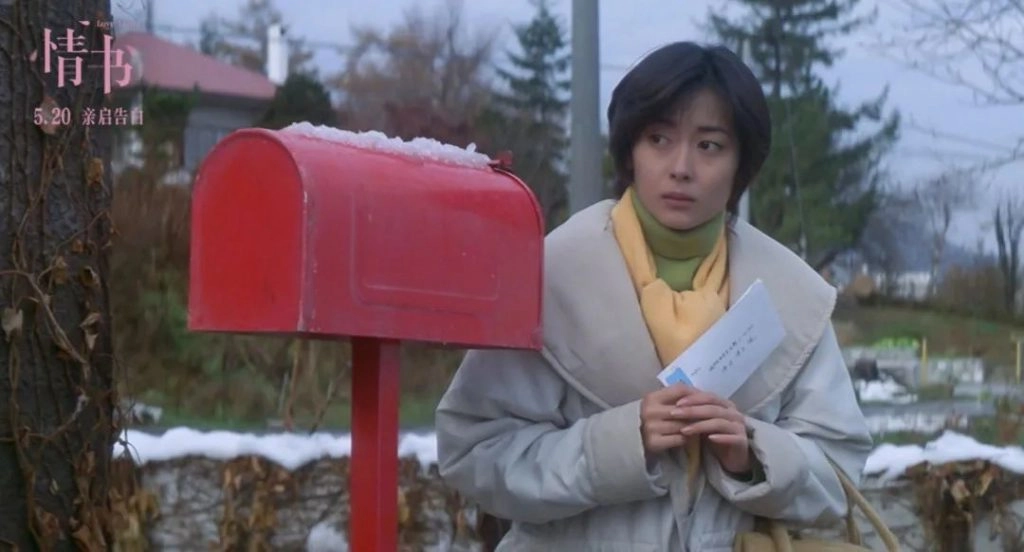
The bicycles, libraries, and street scenes of small towns that frequently appear in the movie also have a soothing and somber retro atmosphere, which is in sharp contrast to our fast-paced lifestyle today.
In addition, it is also the camera that appeared in the film. The Polaroid SX-70 ALPHA1 sent by Hiroko Watanabe to Itsuki Fujii has received great attention, while the Nikon f4 in the hands of the girl Itsuki Fujii at the games was rarely asked.
In fact, both cameras are film machines. Speaking of ALPHA1 instant filming, it is even faster.
But the black lacquered metal appearance of the f4 looks too much like a digital camera, while the ALPHA1 is an antique folding machine with a leather jacket, and what we call nostalgia happens to happen to old and beautiful things.
Dreamlike
Shunji Iwai is obviously a master of “surrealism”: the beautiful boy who appeared and disappeared next to the white curtains in the library has been remembered by countless audiences for more than 20 years.
The unspeakable, unspeakable, true and illusion that belongs to puberty alone, seems to exist or not, is accurately restored by this scene.
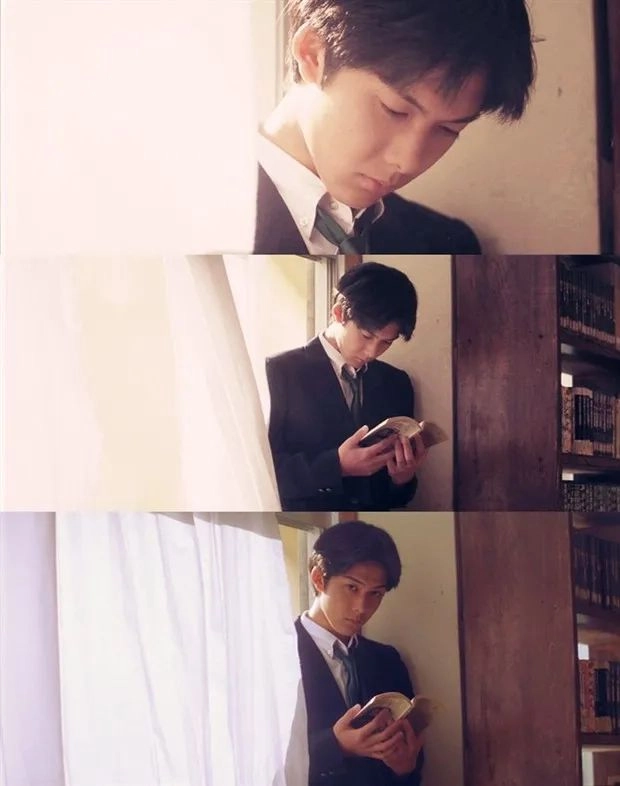
The same is the white curtains of the library, in the dim backlight, reflecting the graceful posture of the girl, showing spotless purity.
The affection between the teenager and the girl, like this pure white curtain, flutters in the wind in memory.
This dreamlike charm is also reflected in the encounter and miss of Hiroko Watanabe and Itsuki Fujii on the street.
Itsuki Fujii suddenly looked back when he heard his name, but Hiroko Watanabe was drowned in the flow of people, and at the moment when the two were about to recognize each other, they passed by again.
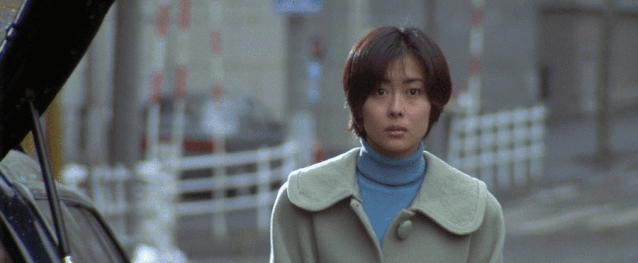
The moment when the two of them “a glance at ten thousand years” on Luoxue Street, one can feel the turbulent emotions in the characters’ hearts. When talking about the concept of these two scenes, Shunji Iwai admitted that it was influenced by Haruki Murakami.
These two lenses with “surreal colors” have also become eternal classics in the hearts of the audience.
Want to say but don’t know what to say
In “The Love Letter”, Shunji Iwai accurately captures the indescribable mood of adolescent adolescents.
For example, the teenager Unitsuki Fujii has a crush on the girl Itsuki Fujii. The way of expressing this love is to attract attention with all kinds of pranks.
For example, he put the paper bag on his head, suddenly covering the head of the girl he crushed. You fool, I like you!
Adolescent teenagers use “bullying” pranks to attract girls’ attention. This is very common in real life, and many audiences also deeply sympathize with this plot. The shyness and reservedness that belonged exclusively to a teenager is very poetic.
A lot of pen and ink was used in the film to depict scenes unique to the campus era.
I still remember the class roll call. From the first day of school, when the two Itsukis answered at the same time, they met each other, which was destined to open this fateful fate.
The classmates booed, their names were marked with love and written on the blackboard. They went to the library to watch the day together and sat together justifiably.
Whether it’s the “random encounter” made in the campus carport after school, or the sketch portrait hidden behind the library card for many years, the unspoken love is poetic and beautiful.
Once this love is pierced, it is easy to disillusion and burst like a beautiful soap bubble, just like the girl who cried after being rejected for confession in the film.

The boy’s “Itsuki” written all over the reading card is not a kind of “please call you by my name”.
Those who love to the depths will understand that just writing down your name and doing nothing, just staring at those three words, is enough to make people dazzling.
The love of the young Unitsuki Fujii is a prose poem that is unique to the oriental and is intertwined with youth love.
Cold and warm
The main filming location of the whole film of “Love Letter” is Otaru, which has been snowing, and the cold white snow is impressive.
But there are also some rare warm-toned scenes in the film, which form a sharp contrast. Most of the warm color scenes are related to Hiroko Watanabe’s current boyfriend Akiba Shigeru, who is a glass craft designer.
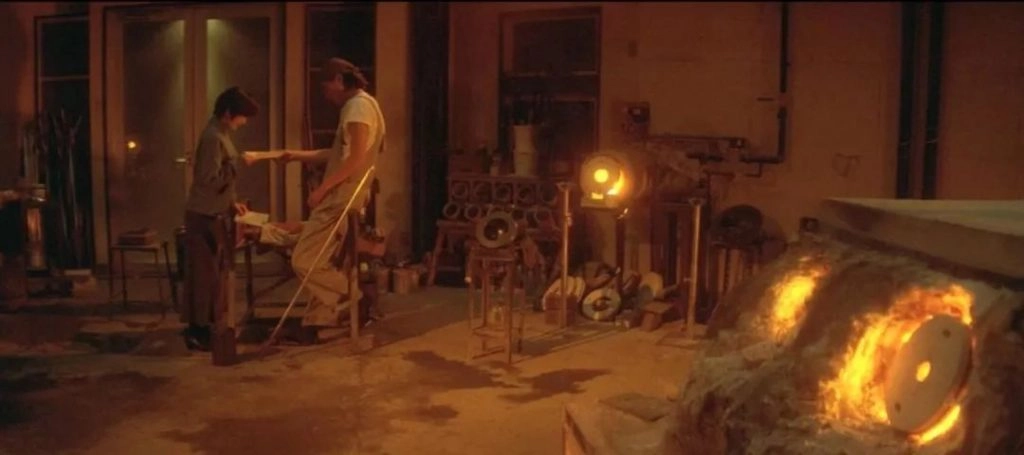
The ice and snow in Otaru and the glass-burning fire inside the house are just like Unitsuki Fujii who is warm and slow and Akiba Shigeru who takes the initiative.
The two of them represent the cold, passing love and the fiery love of reality. Hiroko Watanabe only wears bright and red clothes when he is with Akiba Shigeru.
When it comes to cold-toned snow shots, the most classic is the beginning of the film. Hiroko Watanabe lies in the snow, holding his breath with his eyes closed, almost motionless.
After a few seconds, she took a deep breath, then slowly got up, raising her face desperately to feel the coldness of falling snow.
Hiroko Watanabe left a very classic side face pose, which is the picture on the movie poster.
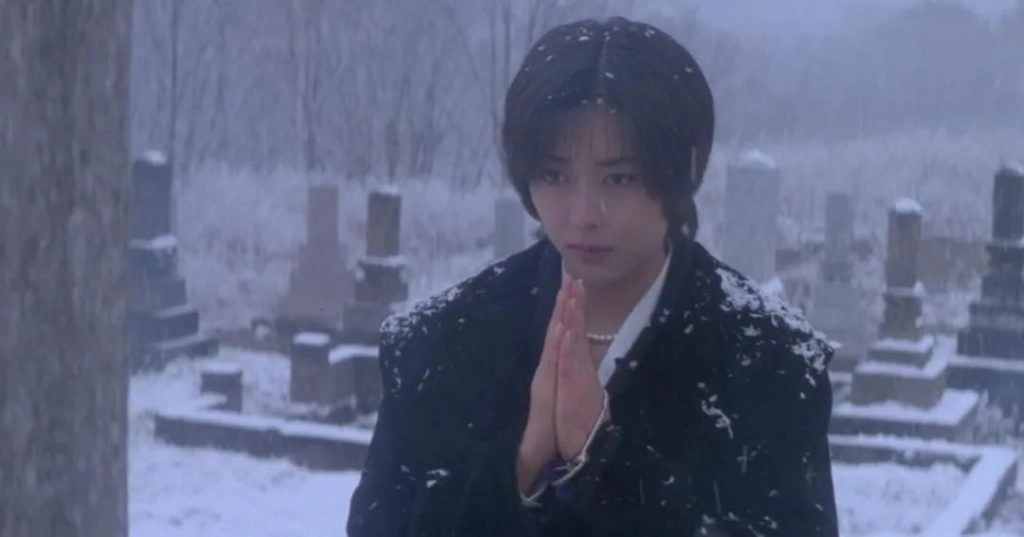
She wants to use her body to measure every inch of land in the hometown of her fiance Unitsuki Fujii. She even wants to hold her breath. It seems that she can truly appreciate the weight of death. She melted the deep affection and longing that could not be removed into the heavy snow.
At the end, Hiroko Watanabe’s cry in the snow is even more touching. No matter how deep the miss, how strong the love, what can be said is only the sentence over and over again, “How are you? I’m fine.”
Such feelings, when you think about it again, you will only regret it.
Life and death
There are many images related to “death” throughout the film. The beginning of the film is Hiroko Watanabe attending Unitsuki Fujii’s death day. It has been three years since he died in an accident. Prior to this, the head of “Unitsuki Fujii” in the graduation album appeared alone in suspension, as unlucky as a portrait.
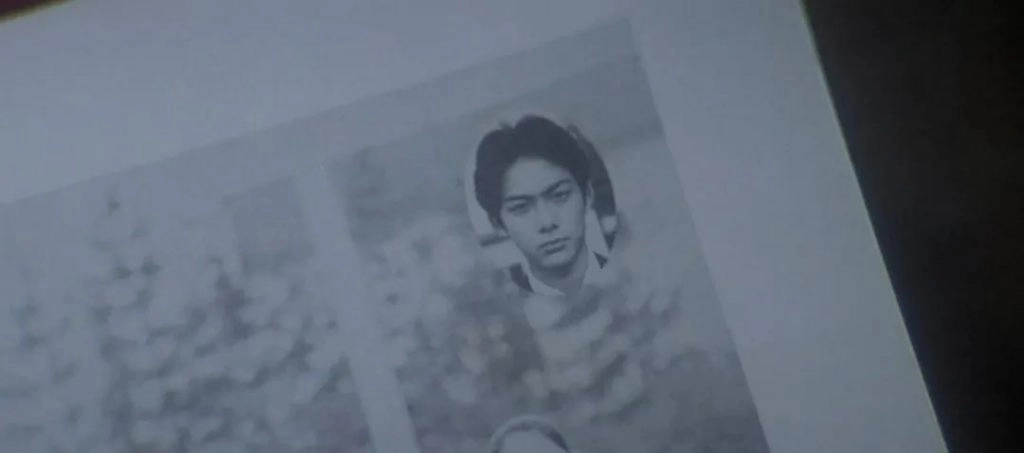
After the “male protagonist” was transferred to another school, his classmates put a vase on the table, which is also the custom in Japan as a memorial to the deceased. Itsuki Fujii’s father died of pneumonia, and she has been catching a cold and coughing from beginning to end.
In the hospital, “Itsuki Fujii” seemed to see her father who was rescued in her dream. She also experienced a life-threatening rescue. Fortunately, with the help of her grandfather and mother, she turned the crisis into peace.
After his father’s funeral, “Itsuki Fujii” saw a frozen butterfly specimen, which was very well preserved and its wings were crystal clear. Life is like this butterfly, because it is more valuable because it is fragile and perishable.
I have to mention the Japanese aesthetics of “things and sadness” here. Because Japan has a lot of natural disasters and lack of resources, this makes them inherently have an erratic sense of insecurity, and the feeling that everything is about to say goodbye.
This is a sense of beauty that tossed between warmth and sorrow, between peace and goodbye. In “The Love Letter”, this beauty is fully reflected.
10 little stinger about “Love Letters”
- “I pretended to be calm while trying to put the card in my pocket. Unfortunately, my favorite apron didn’t have a pocket on the top and bottom.”
This is the most heartbreaking ending scene of “Love Letter”. Unitsuki Fujii’s love letter that was many years late was finally delivered at this moment. The most beautiful love letter is your name and your portrait!
- In the MV of Guangliang’s song “Fairy Tale”, the hero and the heroine sit in front of the TV and watch a Japanese movie.
On TV, Miho Nakayama is running in the snow, and the heroine outside the screen is moved to tears. This film is “Love Letter”, and many people know this film for the first time through the MV of this song.
- “Love Letter” is Shunji Iwai’s first feature film to be released. He feels that “Love Letter” is a “destiny-determining” work. “This movie has made me who I am today”.
4.Director Shunji Iwai wrote on Weibo: “The Love Letter” was filmed from October to early December. In fact, it was not when it should snow at all, but it really snowed when I wanted to snow. At the time, I thought it was a miracle.
5.Shunji Iwai once said that the creation of “Love Letter” was deeply influenced by Japanese writer Haruki Murakami “Norwegian Wood”.
But Haruki Murakami refused to adapt the book into a movie, so the director had to curve to save the country.
In terms of character setting, the two works actually overlap in many ways, but due to the exchange of gender and the reorganization of the relationship between the characters, it is difficult for the general audience to discover the connection between the two at once.
- Most of the scenes in “Love Letter” were shot on the island of Hokkaido in the Otaru area.
The only exception is that at the end of the film, Hiroko Watanabe shouts against the mountains. The mountain she is facing is called “Red Mountain” or “Chifeng”. This volcano is located 120 kilometers northwest of Tokyo and is the tallest mountain in Yatsugatake.
- In the flashback paragraph at the end of the film, Itsuki Fujii recalled the scene of her father’s funeral. The background music was “A Winter Story”, which began with a piano solo.
8.In 2018, the movie “Last Letter” shot by Shunji Iwai in Mainland China was released.
The film uses letters as the main line, and the plot is quite similar to “Love Letters”.
9.On the back of Itsuki Fujii’s test paper, Unitsuki Fujii drew a sketch of a girl in a swimsuit. This is a Japanese actor みやざき よしこ advertising for the MINOLTA camera X-7.
It is reported that these sketches in the film were drawn by Shunji Iwai himself.
- Before his death, Unitsuki Fujii sang Seiko Matsuda’s song “Cyan Coral Reef”, but Akiba Shigeru said that Unitsuki Fujii did not like Matsuda.
This kind of “awkwardness” is like he obviously likes Itsuki Fujii, but he still refuses to admit it.
Seiko Matsuda is the most representative idol in Unitsuki Fujii’s middle school. The above-mentioned advertisement for みやざき よしこ and this song “Cyan Coral Reef” were all the rage among Japanese middle school students in the 1980s.
The lyrics also have meaning, “My love is spreading, has gone with the south wind, and has reached the coral reef blown by the smoke.”
Before Unitsuki Fujii passed away, he might still be thinking about Itsuki Fujii and his teenage years.
